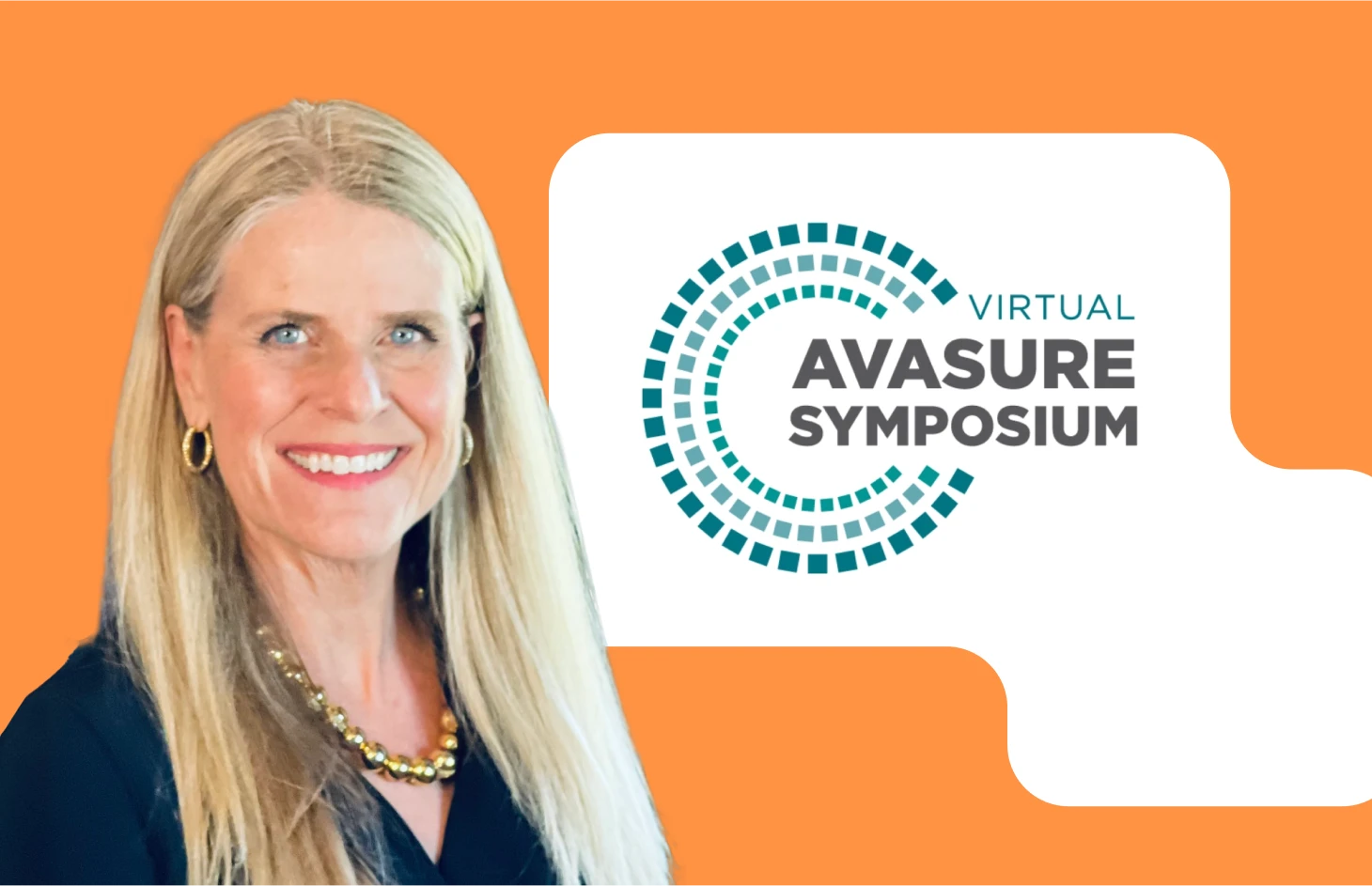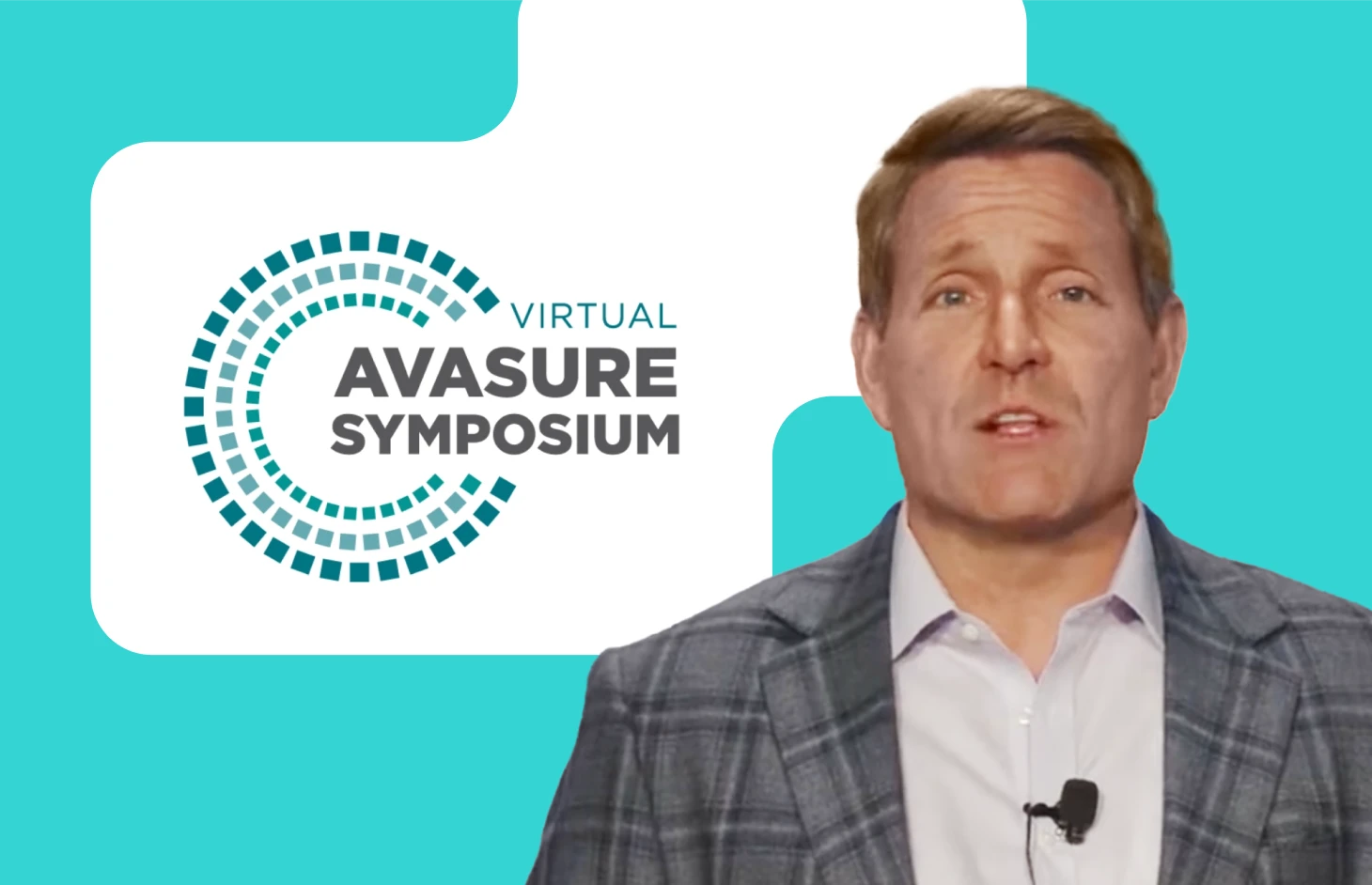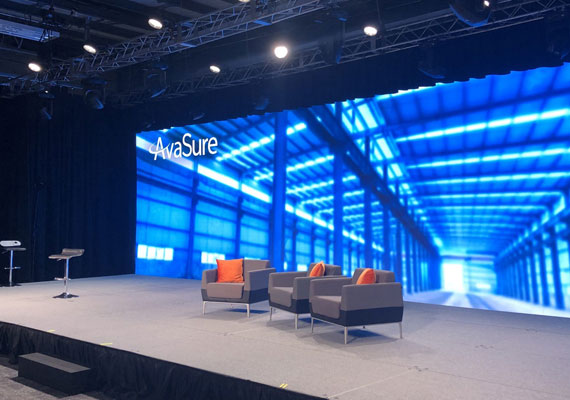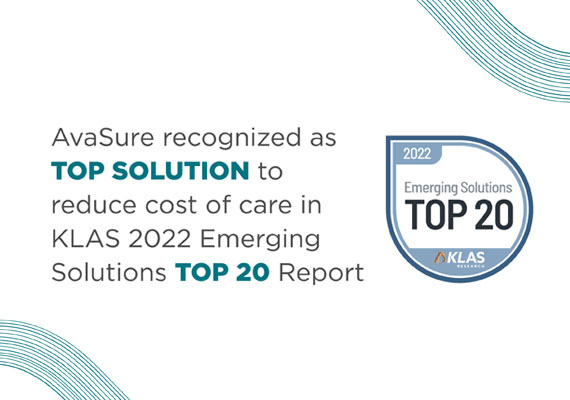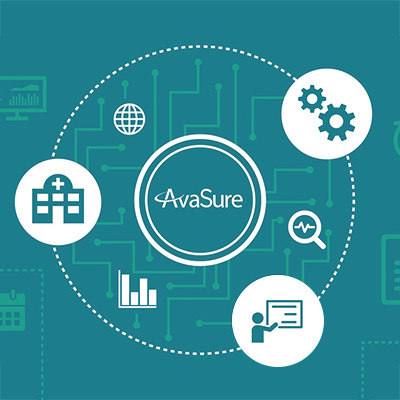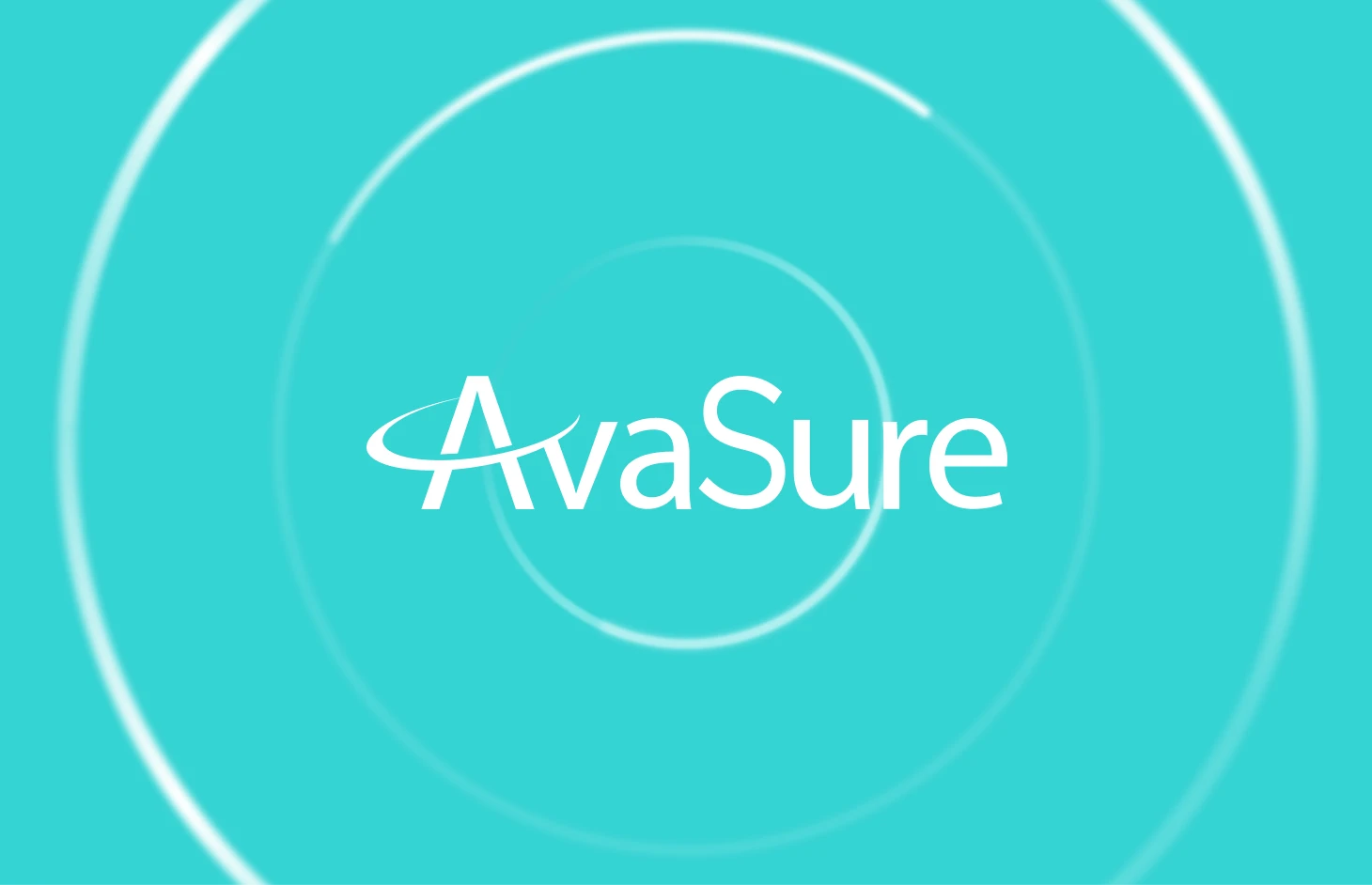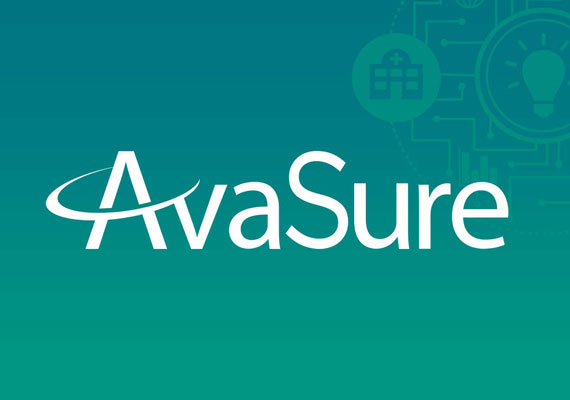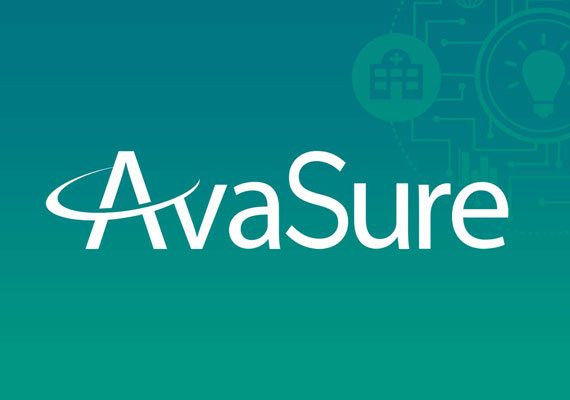
Program overview:
- 1 virtual nurse per 100 M/S beds that assists with 55-60% of patients
- At admission complete the questionnaire & can scribe physical assessment of onsite nurse, work on care plans, virtual patient education, core measures, make follow up appointments and lead discharge process including compiling all discharge information, ensure follow up appointments are lined up & medication reconciliation
Early Outcomes:
- On average, virtual nursing saves 12 minutes per admission and 15-29 minutes per discharge, giving time back to bedside teams for patient care
- During first 6 months, 107 catches in discharge errors that could have been significant patient harm. The panelist noted, “while bedside nurses may have caught these errors prior to discharge, the virtual nurse can be laser focused on these specific tasks without the distractions of a typical floor nurse.”
- Patient who was about to be discharged on 2 blood thinners
- Diabetic patient being discharged without Insulin education
- New CHF patient without proper medication prescription at discharge
- Discharges completed by the virtual nurse currently have lower rates of readmission – this is an early trend; they’re waiting to see more results over time to consider it correlated
- Increases in HCAHPS:
- 7.6% increase in patient understanding of purpose of taking medication
- 2.04% increase in top box score for transition of care
- Qualitative feedback from patients that they enjoy seeing a nurse without a mask on, can smile & interact more genuinely and can assist with hearing impaired patients who read lips.
UCHealth: expert ICU nurse helping monitor high risk critical patients for sepsis, deterioration, and other adverse outcomes
Program Overview:
- 3-4 virtual nurses monitor up to 1,800 patients within the system
- Provide surveillance and early detection support aimed primarily at sepsis
- Partner with novice bedside nurses providing help due to high turnover & lack of bedside experience
- Work with other technologies that scan EHR and physiological monitors for triggers helping to identify patients in need of extra care
- Monitor patients post rapid response to help detect rebounds
Early Outcomes:
- Reduction in non-present on admission sepsis mortality & have seen compliance go up
- Increase in rapid response calls
- Unprecedented 25-70% code blue reduction in acute care areas, in combination with program on deterioration education
- Bedside nurses have praised the program in making them feel more supported & secure in their roles
Great Catch: A post seizure patient was being monitored remotely and the virtual nurse (VN) could tell the patient was going to throw up. The expert VN was able to walk the bedside nurse through the steps to handle the situation – including fetching suction and calling the doctor. The doctor was able to help prevent the patient from aspirating. This gave peace of mind to the bedside nurse who was dealing with this situation for the first time.
Tips for getting started with virtual nursing
During the session, Virtual Nursing: It’s a Thing, but Where is it Going our panelists shared a number of best practices when it comes to building out your own virtual nursing program – but their biggest advice was to, “just do it!” While starting a program can be daunting, they both feel that the benefits have outweighed the work.
Some of their tips are:
- Whatever process you’re designing for needs to make sense and solve a bedside need. It needs to make life easier for the end user and be integrated in a way that makes sense in building a team effort approach for care.
- Be sure to clarify for the team what virtual nursing is – but more importantly what it is not to all team members involved
- Building a virtual nursing program is an iterative process – be willing to adapt as you get feedback from the front-line teams
- When staffing your virtual team, look for nurses with multiple years of experience who can bring a level of wisdom to the role and can take a wide-angle lens on the patient population allowing them to catch things the bedside team may not. In addition to experience, soft skills are key. Look for collaborators who love to teach, have high emotional intelligence, and want to mentor other nurses
- Have courage to try! Start a program, build some buzz around it. There’s a lot of work in this, but it’s good work, so give it a shot.
What’s next for virtual nursing
As early innovators in this space, where do they see their programs going in the future? Unity Point is focused on scale and standardization. They’re currently focused on creating a standardized, sustainable structure across their enterprise when it comes to technology, job descriptions, and everything else operational that goes with virtual nursing, including creating a centralized leadership structure for the program. UCHealth is looking at expanding use cases of the program, including virtual specialist care for areas such as wound care and respiratory therapy where they currently lack adequate staff across the system. They’re also exploring how a virtual nurse could assist with dual sign off activities, such as checking blood & verifying high risk medications. Their ideal future state is one where an expert nurse is always a “call away” for a novice nurse who, for instance, is working night shift and has never placed an NG tube before, creating a culture of support and mentorship in all care settings.
Interested in your own virtual nursing program but not sure where to start? Our AvaSure RN’s can complete a free, on-site assessment of your facility and help in creating a business case based on your individual use cases.
Watch the full session below!
